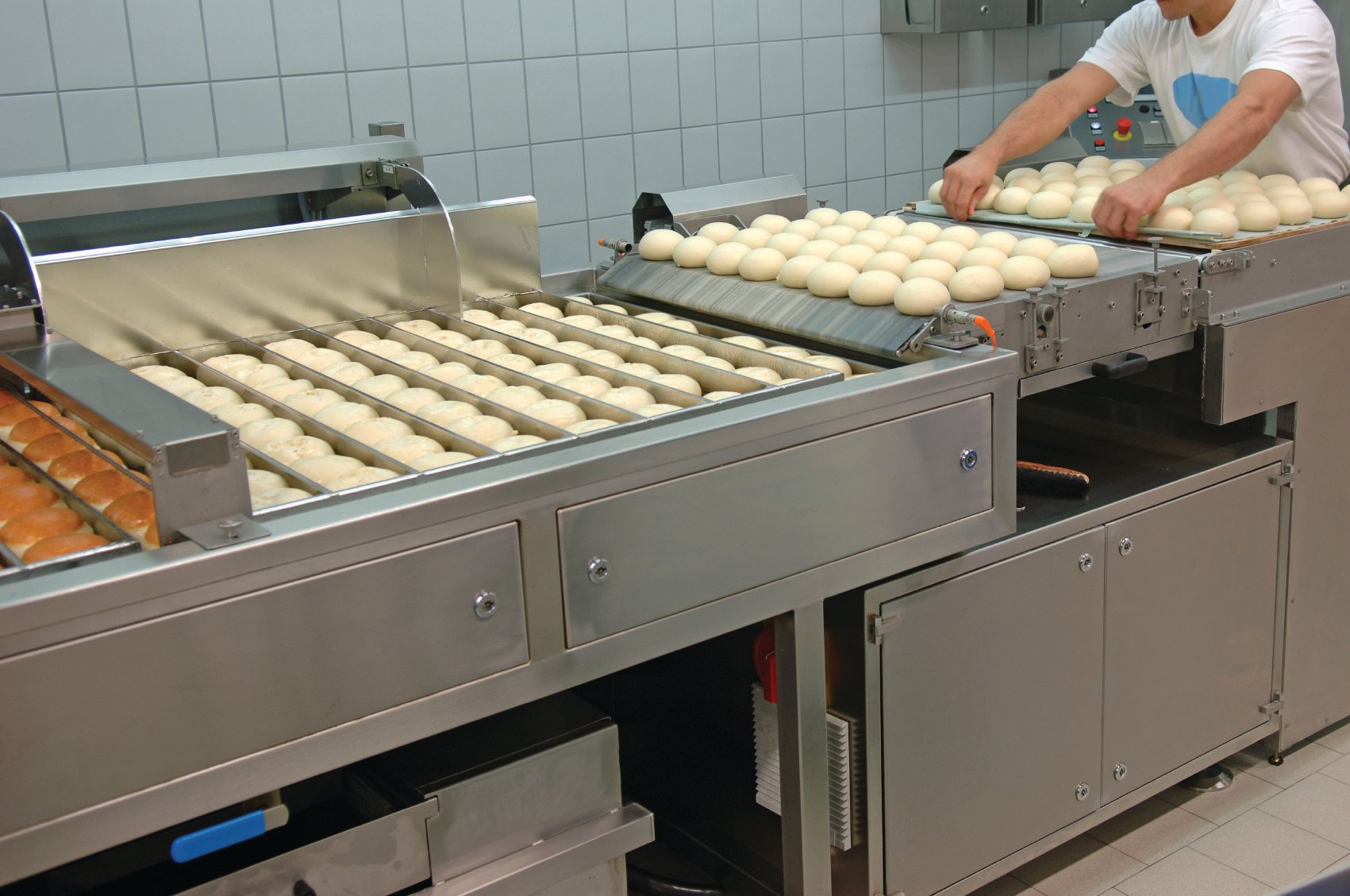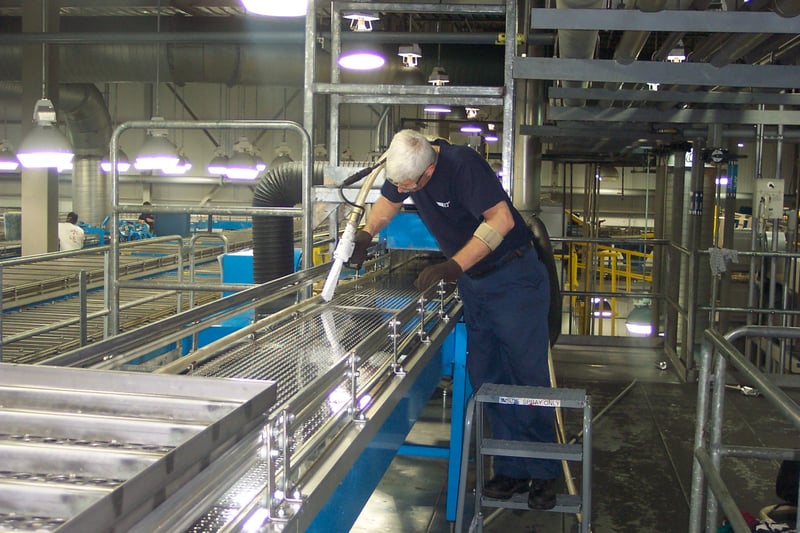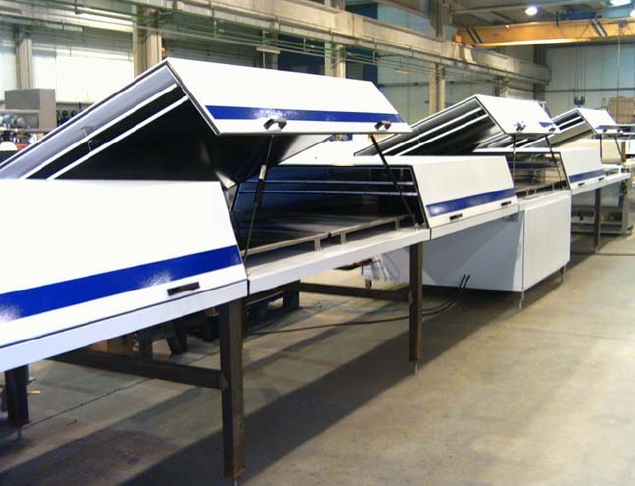 In a highly regulated industry, foodservice facilities must utilize a cleaning process that adheres to strict guidelines.
In a highly regulated industry, foodservice facilities must utilize a cleaning process that adheres to strict guidelines.
The General Mills Foodservice Plant in Chanhassen, Minnesota is a leading producer of baked and unbaked food products. With the high production levels of the plant, grease, oil, dust and flour accumulate quickly on the conveyors, motors and panels of the cooling tunnels. Cleaning these tunnels manually with steam and water was a less than ideal method for the plant's operations.
Conditions in commercial bakeries are closely monitored by regulatory bodies with laws that dictate cleaning operations. Regulations govern where, if at all, chemical cleaning products are able to be used. The use of water in the cleaning process also poses regulatory and sanitation issues. Water is also difficult to collect, leaving moisture that can result in biological growth.
Additionally, the Chanhassen plant’s cleaning process was slow, inefficient and ineffective:
-
It did not fully remove grease, flour, and contaminants from the tunnels
-
Machines had to be shut down for manual cleaning
-
Wastewater had to be collected by a team of three workers
-
Corrosive chemical solvents often damaged parts, forcing a halt in operations and reducing productivity
Overall, the cleaning process required a total of 7.5 to 9 man hours to complete. The result was that the tunnel was 80% clean, at best.
Learn about dry ice blasting for food and beverage
 The Solution: Dry Ice Blasting
The Solution: Dry Ice Blasting
The Chanhassen plant decided to try dry ice blasting on their cooling tunnels and in other areas of their facility. They were astounded to find that the dry ice blasting process removed 90 - 100% of the build-up from the tooling and machines.
Dry ice blasting uses non-abrasive media in the form of recycled CO2 pellets that do not damage surfaces or equipment. Unlike blasting with other media, dry ice cleaning does not leave any secondary waste, because the dry ice particles sublimate upon impact.
Learn more about how dry ice blasting works
The Results
1) Cut cleaning time by 50%
By eliminating the need to cover and uncover adjacent, water-sensitive machinery, downtime associated with cleaning was drastically reduced. The process required one worker instead of three and led to more efficient labor allocation.
2) Major cost savings
The plant was also able to cut costs associated with water disposal and the frequent ramifications of a line shutdown. The non-abrasive nature of dry ice blasting drastically reduced the cost of replacing machinery that was previously damaged by harmful cleaning methods.
3) Prolonged equipment life
The facility estimated that they gained an 80% improvement in equipment life by eliminating water and chemicals.
4) Improved worker safety
By eliminating the practice of manually scrubbing with solvents, workers were no longer exposed to harmful chemicals or the sharp edges of machines.
5) Compliant with industry safety standards
Dry ice is a food grade media that is EPA, FDA and USDA approved for use around food. Colorless, tasteless, odorless and non-toxic, it allows for the elimination of environmentally harmful cleaning chemicals.
Due to the impressive cost and labor savings of dry ice blasting, the Chanhassen plant managed to increase overall productivity by 80%. With these impressive results, the plant went on to use dry ice blasting to clean numerous other machines and pieces of equipment in its' facility.

.png) English
English